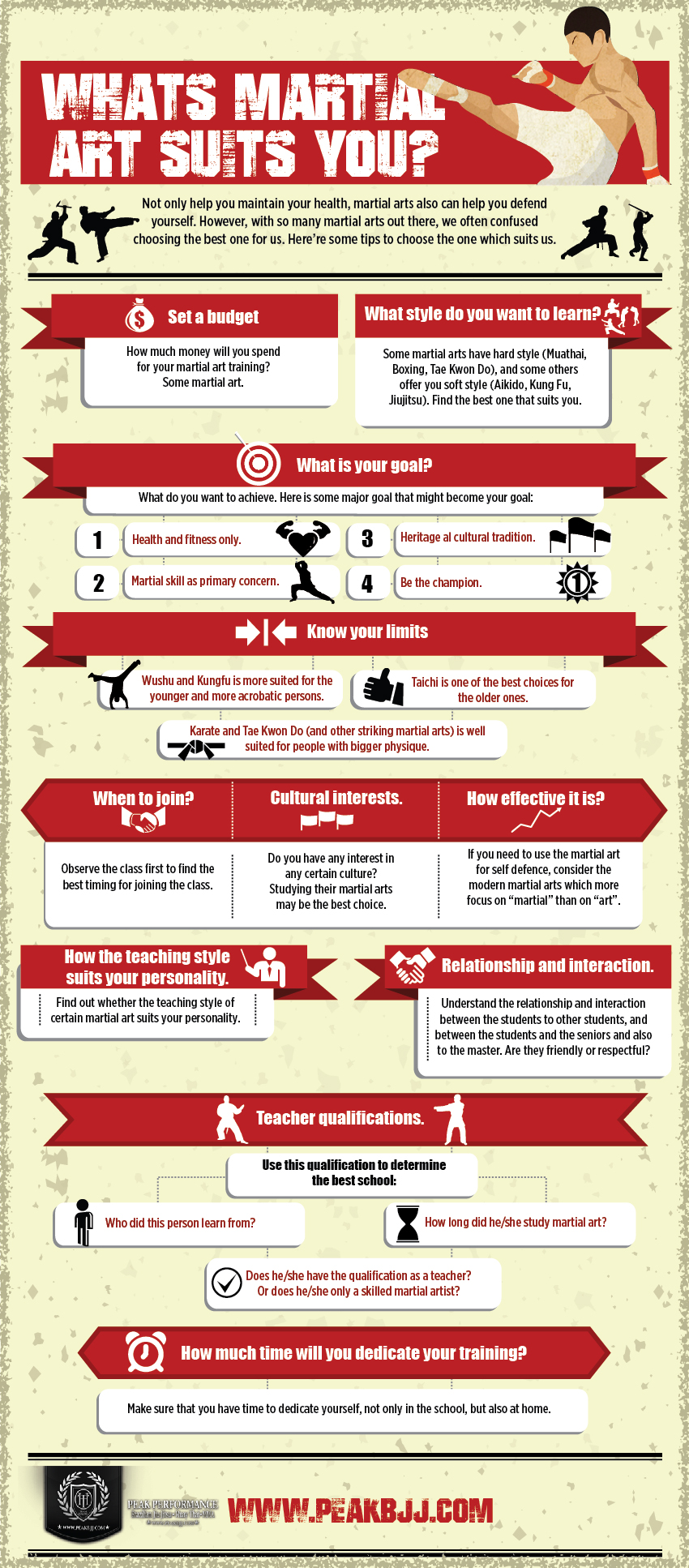Taekwondo Forms: Recognizing The Essentials And Their Significance
Taekwondo Forms: Recognizing The Essentials And Their Significance
Blog Article
Authored By-Stein Lindgreen
Did you recognize that there more than 20 various taekwondo types, each with its own one-of-a-kind sequence of motions and methods? These kinds, also called poomsae, play a critical function in the method and development of taekwondo specialists.
However just what are these types, and why are they so considerable? In this discussion, we will certainly discover the essentials of taekwondo forms, their origins, and the key elements that make them an important part of this fighting style.
Whether you're a newbie or a skilled practitioner, understanding the significance of taekwondo kinds will certainly grow your appreciation for this old method and enhance your trip in the direction of mastery.
Origins and Evolution
The origins and development of Taekwondo can be traced back to ancient martial arts practices in Korea. It was developed over 2,000 years back and has since grown into a preferred and around the world identified sport.
Taekwondo was greatly affected by numerous Korean martial arts designs, such as Taekkyon and Subak, in addition to Chinese martial arts. It was at first used as a means of protection, however over time, it progressed into a competitive sport that focuses on striking strategies and high kicks.
In the 20th century, Taekwondo went through a substantial makeover and was standardized into its modern form. The Korea Taekwondo Association played an essential role in this procedure, helping to develop guidelines, strategies, and creates that are still adhered to today.
Crucial Element and Techniques
Now let's check out the essential facets and strategies of Taekwondo. To totally comprehend the key elements and techniques, it is essential to delve deeper into the adhering to subtopics:
- Stances: Taekwondo highlights the correct use of positions, such as the front stance, back stance, and equine position. These stances supply stability, balance, and power in implementing various strategies.
- Strikes and Kicks: Taekwondo is renowned for its effective and vibrant kicks, including the front kick, roundhouse kick, and side kick. Strikes, such as punches and knifehand strikes, are additionally necessary methods in Taekwondo.
- Blocks and Protection: Efficient defense is critical in Taekwondo. Blocks, such as the high block and reduced block, are made use of to safeguard versus incoming attacks. Proper timing and positioning are essential to successfully protecting oneself.
Benefits and Influence
One of the significant benefits of practicing Taekwondo is the renovation of physical fitness and general wellness. By taking part in normal training sessions, you can enhance your cardiovascular health and wellness, strength, versatility, and endurance. Taekwondo includes a variety of activities that target various muscle mass groups, assisting you construct a solid and toned physique.
Additionally, this fighting style promotes mental wellness by lowering tension and anxiousness levels. The technique and emphasis required in practicing Taekwondo can aid enhance your focus and improve your capability to deal with tough scenarios.
Additionally, the method of Taekwondo imparts a sense of self-esteem, self-discipline, and self-control, which can positively affect numerous areas of your life. On martial arts vs taekwondo , practicing Taekwondo can cause a much healthier and a lot more balanced lifestyle.
Verdict
So there you have it! Taekwondo kinds aren't simply simple regimens, however a representation of the abundant history and development of this fighting style. By understanding crazy dragons kajukenbo and techniques, practitioners can enjoy various physical and mental benefits.
From increased adaptability and toughness to improved emphasis and technique, taekwondo types have a long-term impact on those that exercise them.
So, whether you're a novice or an experienced martial artist, welcome the power of these forms and let them take you on a journey with time.
